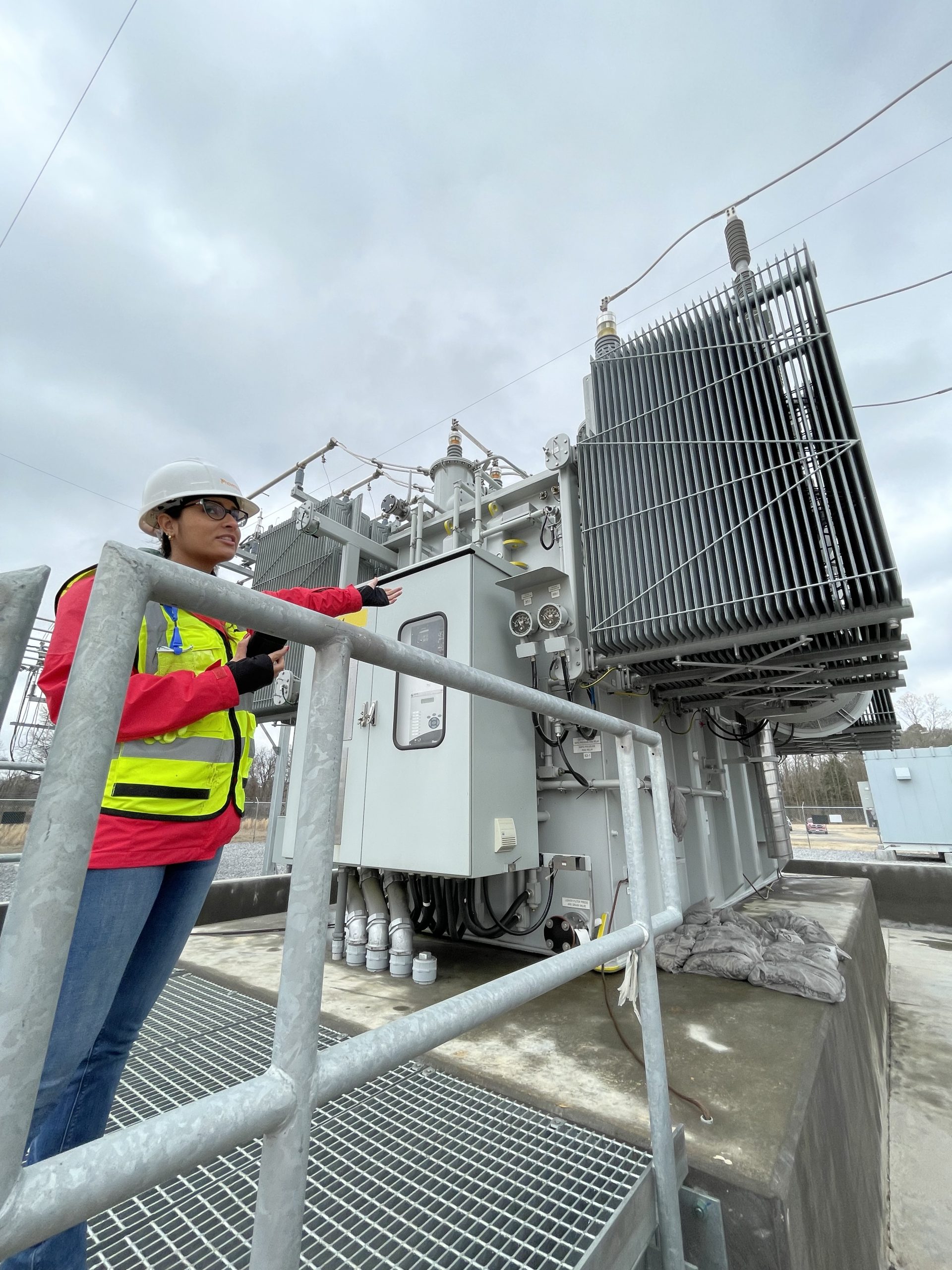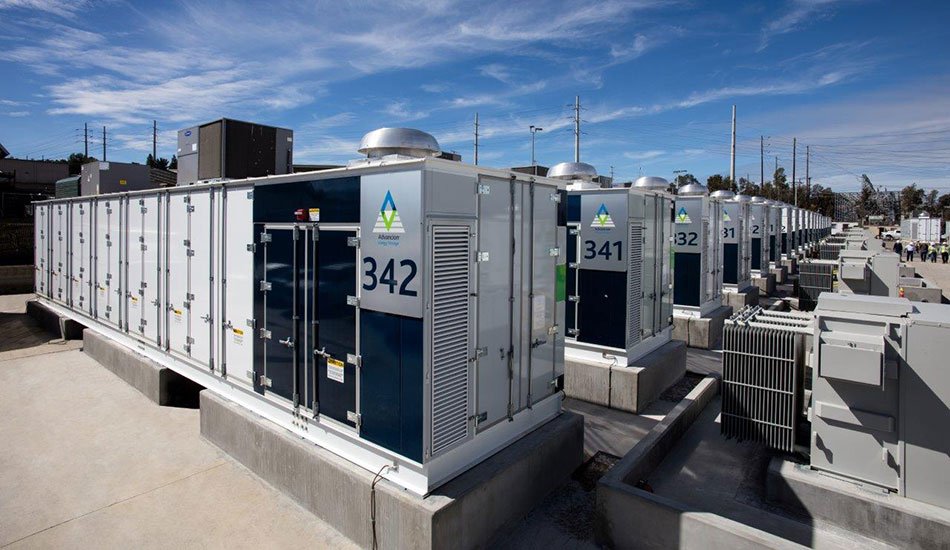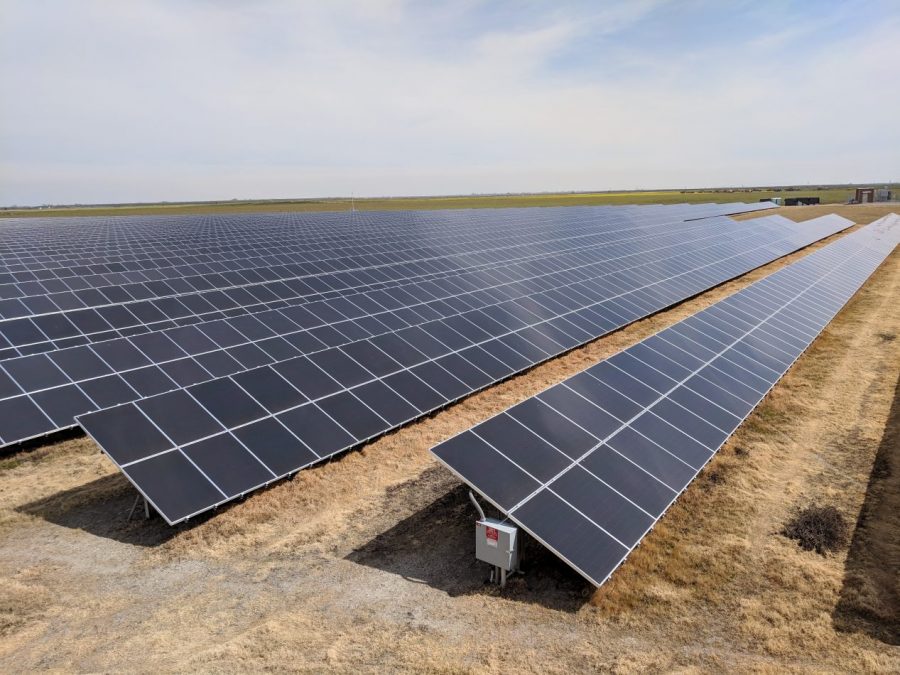The Growing Role of Minerals and Metals for a Low Carbon Future

“The Growing Role of Minerals and Metals for a Low Carbon Future.”
There is growing awareness that human activities are having a major impact on the earth’s ecosphere. So much so that many are now defining a new geological era: the Anthropocene. That is a time when humans have become the driving force in the earth’s physical changes.
With the global human population expected to reach 8.5 billion by 2030, urbanization, access to energy, infrastructure development, and poverty reduction will result in an unprecedented strain on our planet’s natural resources and environment. Of course, this presents a long-term risk for development. Hence, the World Bank continues to champion an integrated approach for sustainable development. This includes low-carbon development strategies, renewable energy, and resilient cities and landscapes.
As part of the transition to a low carbon economy, we are already seeing remarkable growth in renewable energy technologies. In fact, they now account for about 17% of global energy consumption. The need to meet future energy demands, while striving for a low carbon future, is not however immaterial.
Paper Analysis
An impressive range of analysis covering the science and viability of response measures, including both adaptation to the impacts of climate change and measures to mitigate Greenhouse Gas (GHG) emissions, was undertaken when more than 170 countries signed on to the Paris Agreement on Climate Change in 2015. Mitigation issues typically covered the economic, policy, technology, and sustainability implications of reducing GHG emissions. However, relatively little analysis covered the material implications of a carbon-constrained future.
This is why it is important to explore and analyze the implications of the rapid uptake of climate-friendly technologies for commodity demand. And, the mineral resources required to manufacture these new technologies.
With the release of “The Growing Role of Minerals for a Low Carbon Future,” the World Bank is making a contribution. It ensures that this topic is given its rightful place in understanding the implications of a carbon-constrained future.
View or download “The Growing Role of Minerals and Metals for a Low Carbon Future” PDF.




